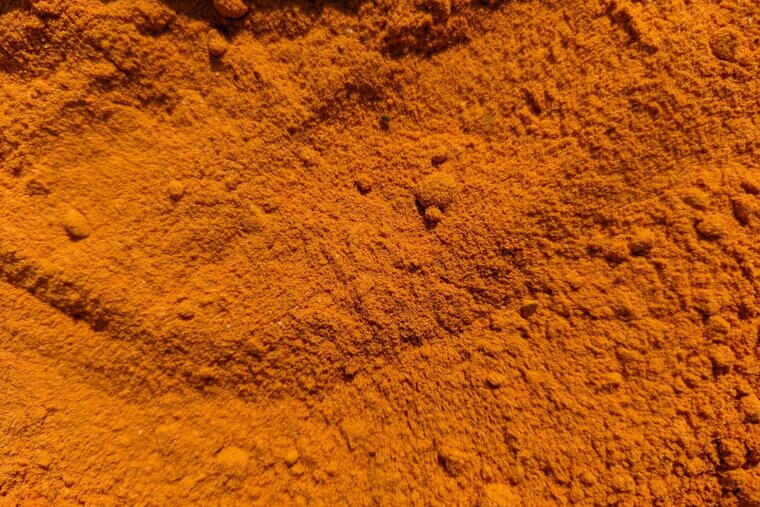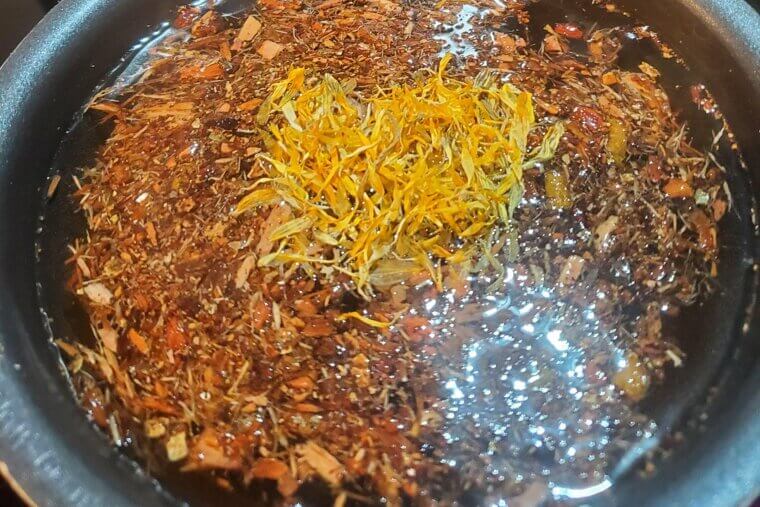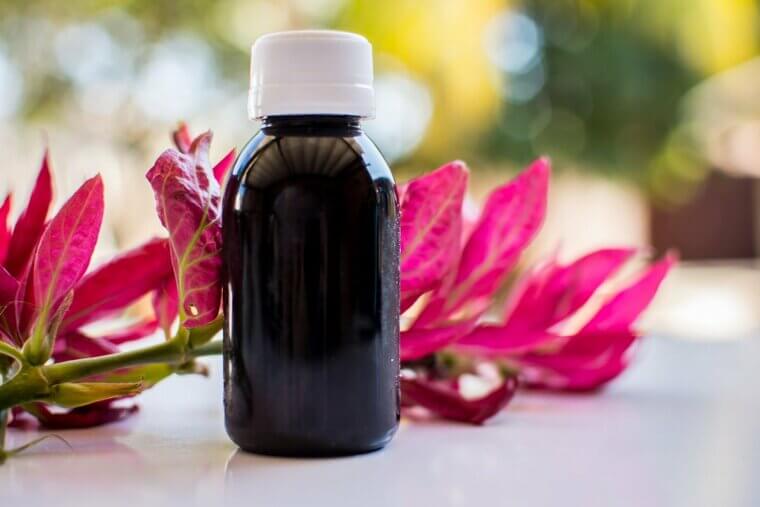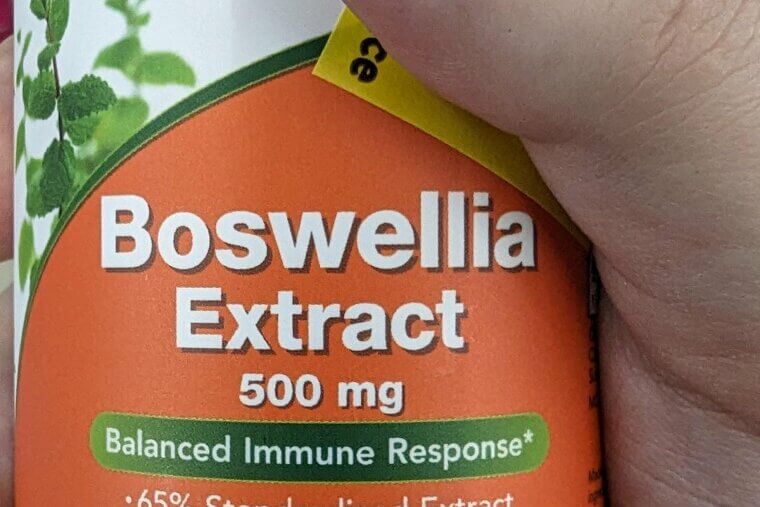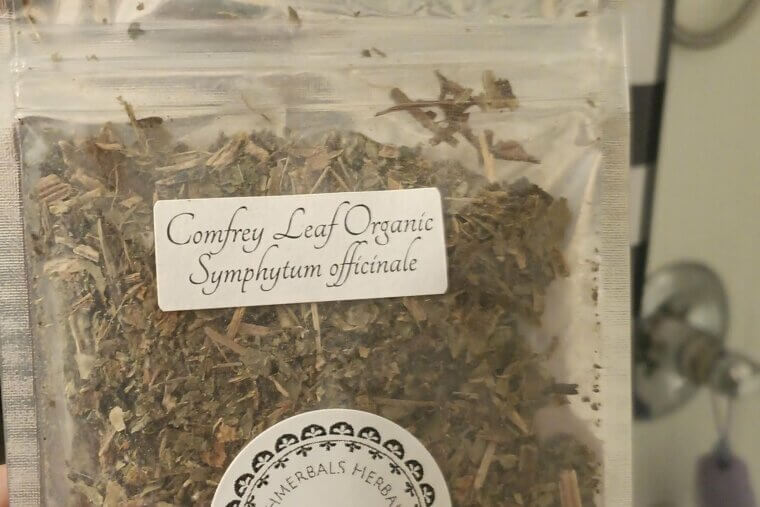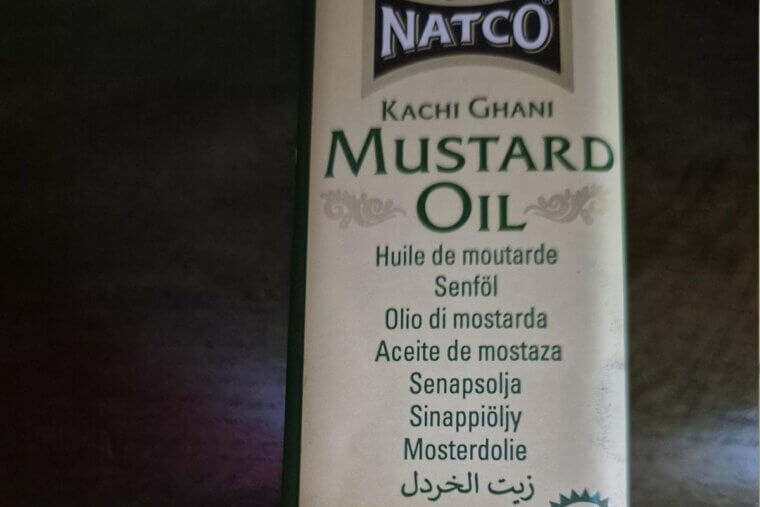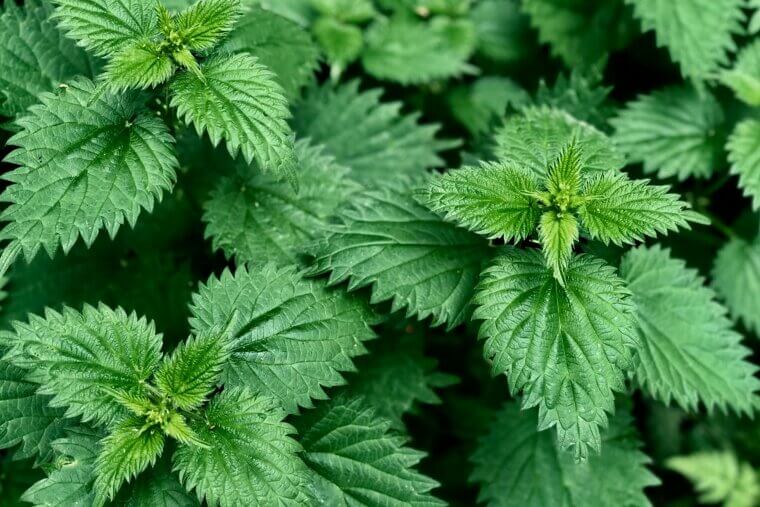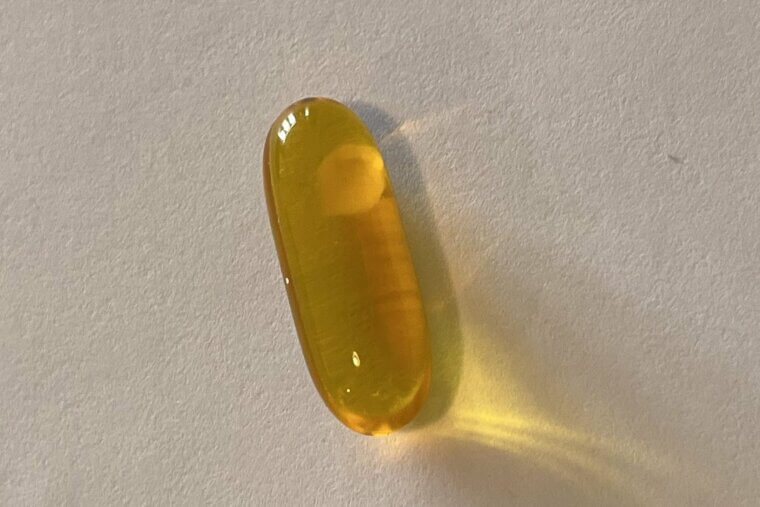Cayenne Pepper
Not everyone can (or wants to) eat cayenne peppers, but as it turns out they’re great for reducing joint pain. They contain capsaicin, which blocks pain signals when applied topically. Why not give it a try if you’ve been suffering?
Epsom Salt Soaks
This remedy dates back to the 17th century and remains a soothing, pleasant way to ease arthritis and stiffness. It’s all because the sulfates in the soak improve circulation, helping your joints tremendously. Many people swear by this cure, and it’s always nice to have a long soak.
Turmeric
People have been taking turmeric for joint pain for a very long time now, you just might not know about it because it didn’t make it to the Western world until recently. But curcumin, turmeric’s active compound, has powerful anti-inflammatory and antioxidant properties that help with pain.
Ginger Tea
Ginger tea has been a staple in Chinese medicine for centuries. The ancient Chinese realized that ginger contains gingerol, a natural anti-inflammatory that helps a lot with joint pain. People either drink it or use it in their meals. It tastes good, too! There are all sorts of meals you can create with ginger.
Willow Bark
We can profusely thank whoever it was in Ancient Greece who came up with chewing on willow bark for joint pain. Because it worked! Willow bark contains salicin, a compound similar to aspirin, and it reduces pain and inflammation naturally. Now you can buy it from your local health food store.
Castor Oil Packs
Listen to what your grandmother tells you about castor oil packs. Castor oil contains ricinoleic acid, known for its anti-inflammatory and analgesic effects. Applying warm castor oil packs to sore joints can ease stiffness and swelling.
Apple Cider Vinegar
While apple cider vinegar isn’t the cure-all some people would have you believe, it is pretty good for joint pain. It can help reduce fix the issue by balancing pH levels and flushing toxins that contribute to inflammation.
Hot and Cold Therapy
This trick requires hot and cold compresses. Press them onto the problematic areas, and alternating heat and cold should improve blood flow, reduce swelling, and numb the joint pain. It’s definitely worth a try if you’re having a bad time with your joints, and neither hot or cold heat packs cost very much.
Boswellia
This plant was originally used in Ayurvedic medicine, but now it should be available to buy from your local health food store. It’s thought that it reduces joint inflammation and pain by blocking leukotrienes, which are compounds that trigger swelling.
Comfrey Salve
Comfrey root has been used since medieval times to treat sprains and joint injuries – and though rightly not many ideas survive from medieval times, our forefathers were really onto something with this one. Comfrey root contains allantoin, which promotes healing and reduces inflammation.
Mustard Oil
Many people swear by massages with mustard oil to help with joint pain. Mustard oil contains selenium and magnesium, both of which are beneficial for joint health, and it stimulates blood flow and warms stiff joints. It’s been a cure in India and the Middle East for a long time.
Devil’s Claw
Don’t be put off Devil’s Claw by the scary name. This herb has been used in Africa for centuries to relieve arthritis and back pain. It contains something called harpagoside, which has anti-inflammatory and analgesic properties.
Stinging Nettle
Stinging nettles are horrible when you get stung with one while walking. And you definitely shouldn’t try and eat them! But, when consumed as tea or applied topically, nettles help ease joint inflammation, especially in osteoarthritis sufferers.
Dandelion Tea
Dandelions may be technically a weed, but people love them for what they can do for joint pain sufferers. Dandelion root and leaves are rich in antioxidants and anti-inflammatory compounds, and dandelion tea not only helps with joint pain but it helps digestive issues too.
Pineapple
Historically, Central and South American cultures have used pineapple as a cure-all for joint issues. After all, they were easy to come by and safe to eat. You see, bromelain, an enzyme found in pineapple, reduces swelling and inflammation in joints.
Aloe Vera Gel
The Ancient Greeks and Egyptians first came up with the idea of using aloe vera for joint pain, and now you should be able to buy the stuff from any good pharmacy. It has anti-inflammatory properties that reduce swelling and helps with the pain.
Blackstrap Molasses
Maybe you’ve never heard of this one? But it’s been a thing for a good while now. You mix it with warm water or tea, and not only does it potentially help with joint pain, it’s thought to help strengthen your bones as well.
Flaxseed Oil
Flaxseed oil comes to us from Ancient Europe, and it’s still popular to this day. It contains omega-3 fatty acids, which help reduce joint inflammation, and people with rheumatoid arthritis think very highly of it. It should be taken every day to help with joint pain.
Prunes
Prunes have long been taken as an aid for digestive issues, but did you know that they can help with joint pain as well? Prunes are high in antioxidants and boron, which support bone and joint health. Studies have shown that daily prune consumption can reduce bone loss and inflammation!
Lemon and Olive Oil
This remedy comes to us from the Mediterranean, a place noted for the good health of its people. A lemon and olive oil rub can really help with problematic joints – just make sure you do it every day. Lemon’s anti-inflammatory properties combined with olive oil’s rich antioxidants mean instant relief.



